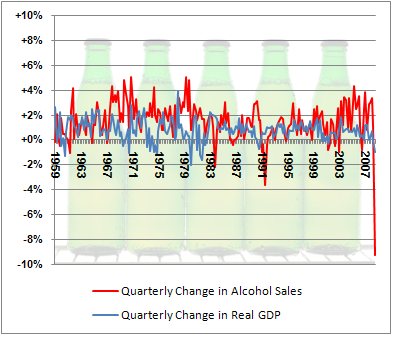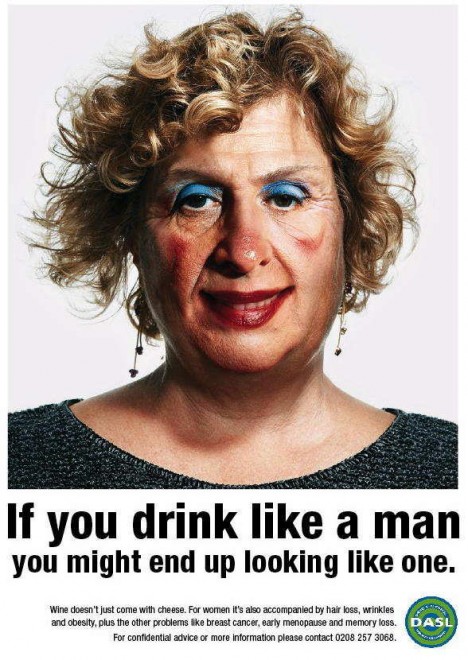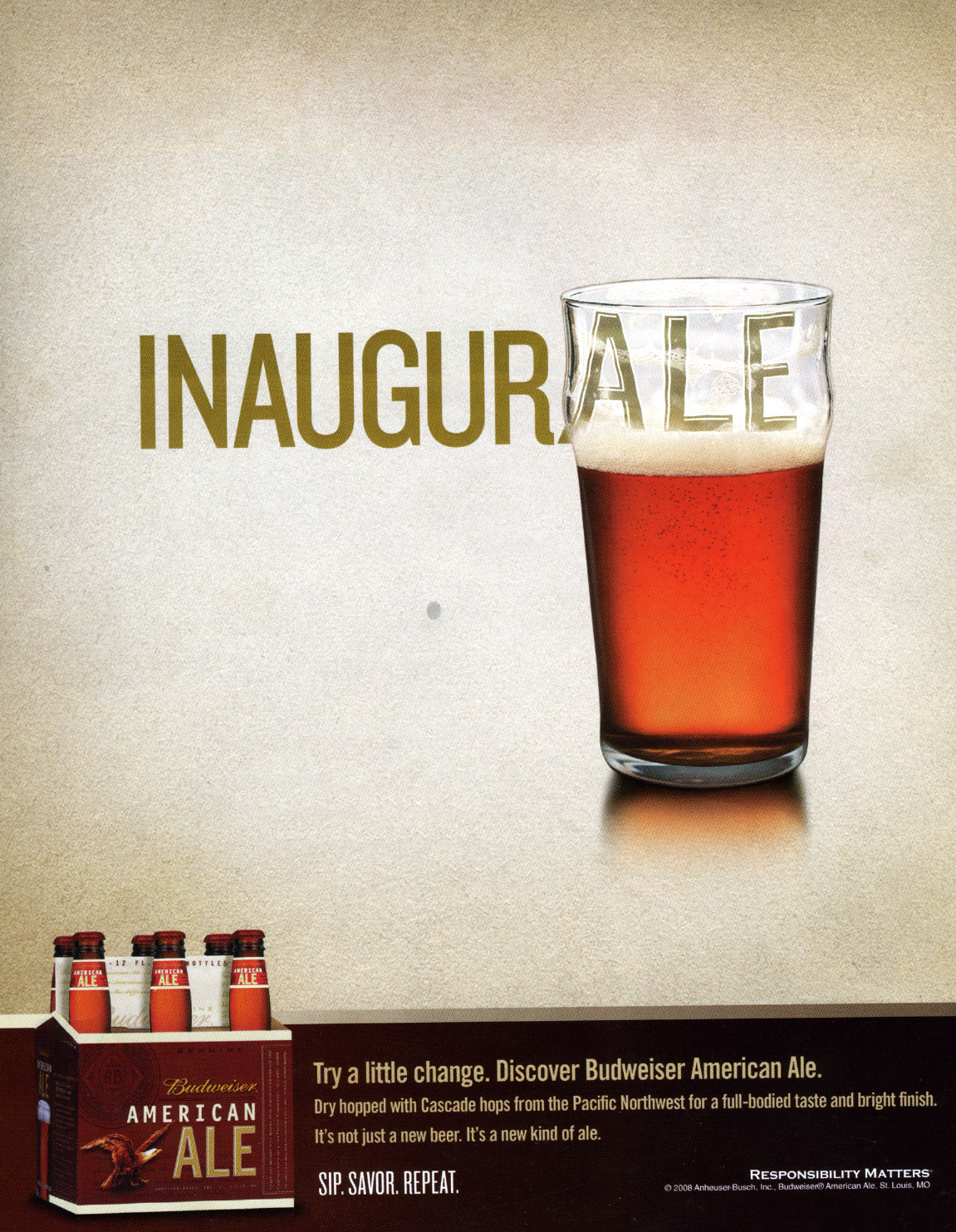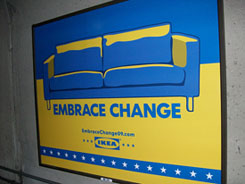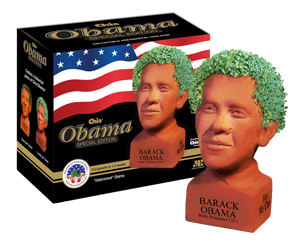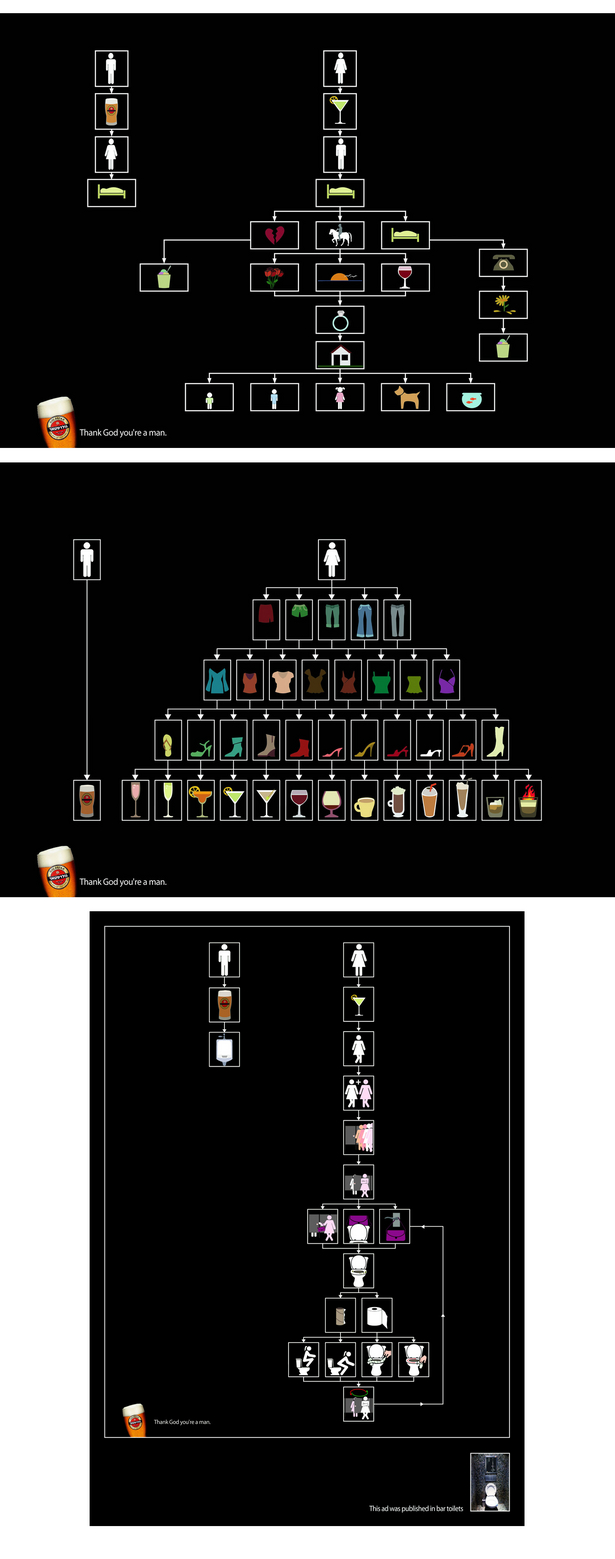Anna sent in a link to Courage beer’s “take courage” ad campaign, in which men are shown in various situations where they are told to”take courage” in the face of a proctology exam, ugly sweater, and the following:
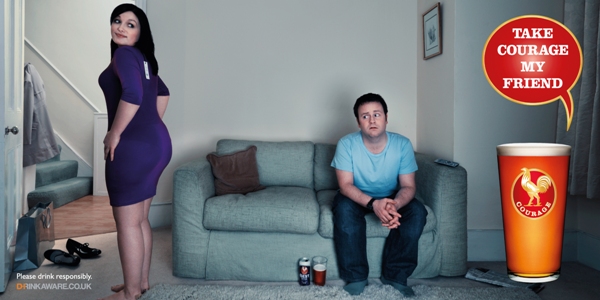
Both Anna and I are a little confused by this one. What’s he supposed to be needing courage for, exactly? Is it that his girlfriend is asking if her butt looks big? Or that she thinks she looks good and he’ll have to be seen with her dressed like that? When I first glanced at it I thought it was her thinking she looked good and him being grossed out, but when I looked closer, I think it’s the “does my butt look big?” scenario. Is he supposed to take courage and lie, or take courage and tell the truth?
Notice how the ad uses a not-super-skinny woman in it, but ridicules how she looks. Clearly the answer to “does my butt look big in this?” is supposed to be “yes,” and we’re supposed to find her laughable in that outfit. What I’m not quite sure about is whether she’s being presented as inherently laughable, or as a woman who is attractive and it’s only the dress that makes her unappealing. Thoughts?
Anna was also interested in how the ad portrays relationships between men and women. For some reason it reminds me a little of the last video in this post of Errol Morris Miller beer commercials, in which men clearly find women trivial and annoying.
UPDATE: In a comment, Christian suggests, “It’s about him drinking her beautiful. Get a Courage and you get over it (the butt) or her attitude “does my butt look big?”.”
And Trevira adds,
I think this ad directly refers to the ‘insecure woman’ character played by Arabella Weir in the popular UK tv sketch show ‘The Fast Show.’ The character’s catchphrase was ‘does my bum look big in this?’ (Weir even ended up writing a novel with the same title!).
So there may be a cultural reference here that escapes us non-Brits.

